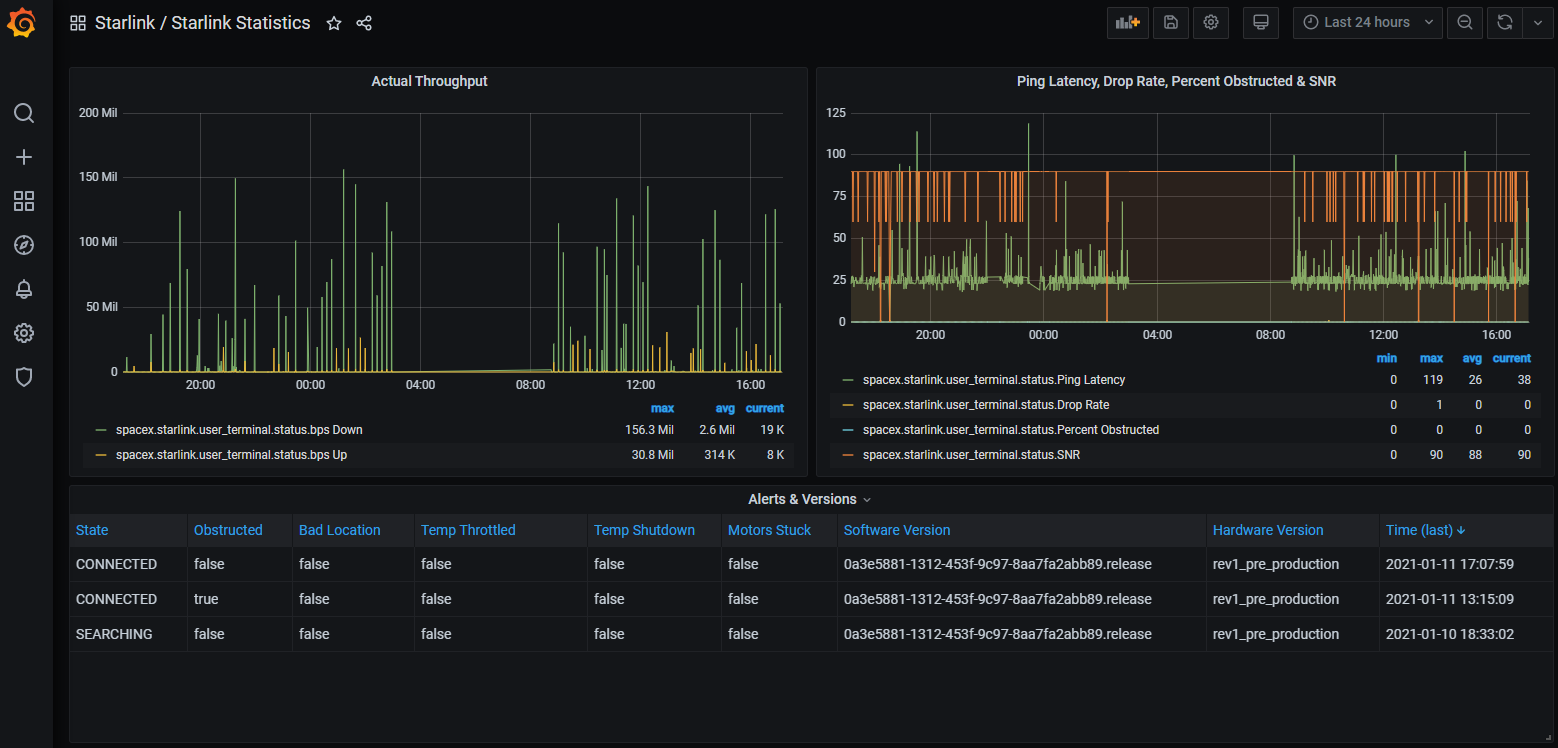saneterm
Modern line-oriented terminal emulator without support for TUIs.
Motivation
Mainstream terminal emulators (urxvt, xterm, alacritty, …) support a standard known as ANSI escape sequences. This standard defines several byte sequences to provide special control functions for terminals emulators. This includes control of the cursor, support for different colors, et cetera. They are often used to implement TUIs, e.g. using the ncurses library.
Many of these escape sequences operate on rows and columns and therefore require terminal emulators to be built around a character grid were individual cells can be modified. Historically, this was very useful to implement UIs on physical terminals like the VT100. Nowadays this approach feels dated and causes a variety of problems. For instance, the concept of grapheme cluster as used in Unicode is largely incompatible with fixed-size columns. For this reason, terminal emulator supporting the aforementioned escape sequences can never fully support Unicode [1].
On the other hand, a terminal emulator not supporting ANSI escape sequences can never support existing TUIs. However, the idea behind saneterm is that terminals shouldn't be used to implement TUIs anyhow, instead they should focus on line-based CLIs. By doing so, a variety of features normally implemented in CLI programs themselves (like readline-keybindings) can be implemented directly in the terminal emulator.
Status
Silly, buggy, and incomplete prototype implementation.
Features
By focusing on line-based input in the terminal emulator a variety of things can be simplified and improved. saneterm is presently just a prototype and provides basic implementations of the following features:
- Full Unicode support
- Support for readline-like line editing keybindings
- Editing history support directly in the terminal emulator
- File name completions
- Pager-like text handling (scrolling, searching, …)
Installation
This software has the following dependencies:
If these are installed run the following command to install saneterm:
$ python3 setup.py install --optimize=1
For development setups just run python3 -msaneterm.
Usage
Since many modern day shells use ANSI escape sequences heavily for providing editing features, your favorite shell might not directly work with saneterm. Simple shells like dash are known to work well though. You might also want to consider using a clean environment, to do so run the following command to start saneterm:
$ saneterm -- env -i dash
Configuration
The terminal appearance can be configured using Gtk's CSS feature. The saneterm window widget can be selected using the CSS selector #saneterm.
For example, to change the color scheme and employed font. Add the following to your gtk.css configuration file located at $XDG_CONFIG_HOME/gtk-3.0/gtk.css:
#saneterm textview {
font-family: Terminus;
font-size: 16px;
}
#saneterm textview text {
background-color: #181818;
color: #d8d8d8;
/* change cursor color too */
caret-color: #d8d8d8;
}
Keybindings can be configured using the same mechanism, see keys.py for the default keybindings.
FAQ
Q: How do I edit text on remote machines over SSH if my terminal emulator doesn't support visual editors?
A: This is an interesting problem since a lot of software relies on TUIs to be used over PTYs and SSH on remote machines. This is mostly also an inherit flaw of Unix as it hasn't been designed with networking and GUIs in mind. Plan 9 solves this problem through 9P file servers, but unfortunately it has not been widely adopted and we are stuck with Unix. In the Unix world potential solutions include CLI-based editors (e.g. ed) or network protocols tunneled over SSH connections (e.g. Emacs Tramp Mode).
Q: How do I use pagers (e.g. less(1)) without support for TUIs?
A: With saneterm pagers are not needed as paging functionality is implemented in the terminal emulator itself. For this reason, saneterm offers a scrollback buffer in which autoscrolling can be configured using the Gtk context menu. Furthermore, word wrapping can also be disabled using the same mechanism. A search feature is also implemented and can be activated using ctrl+f.
Q: Why is this written in Python and not X?
A: This software is presently just a silly prototype, Python is good for prototyping. Furthermore, Python has decent, somewhat well-documented bindings for Gtk.
Related Work
This work is heavily inspired by the Plan 9 terminal emulator, usage of which is further described in the rio(1) man page. This terminal emulator was also ported to Unix as part of plan9port.
There are also a few projects which seem to share the problem statement outlined in the Motivation but propose different solution. Most of which include continued support for TUIs and therefore don't benefit from other line-based editing features. Non-complete list:
- https://github.com/withoutboats/notty
- https://github.com/christianparpart/contour
- https://notcurses.com/
License
This program is free software: you can redistribute it and/or modify it under the terms of the GNU General Public License as published by the Free Software Foundation, either version 3 of the License, or (at your option) any later version.
This program is distributed in the hope that it will be useful, but WITHOUT ANY WARRANTY; without even the implied warranty of MERCHANTABILITY or FITNESS FOR A PARTICULAR PURPOSE. See the GNU General Public License for more details.
You should have received a copy of the GNU General Public License along with this program. If not, see http://www.gnu.org/licenses/.






